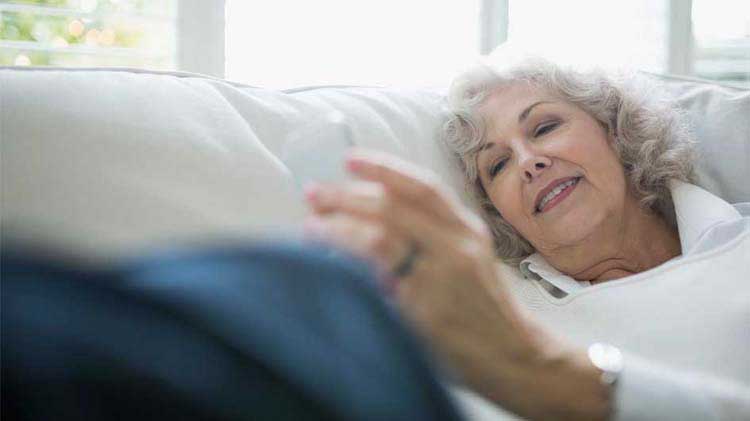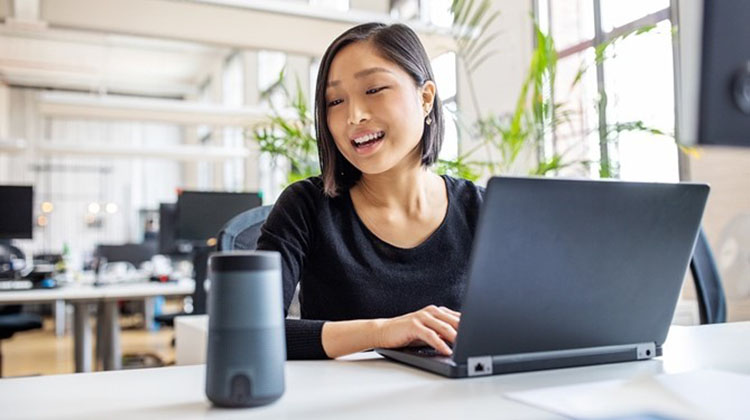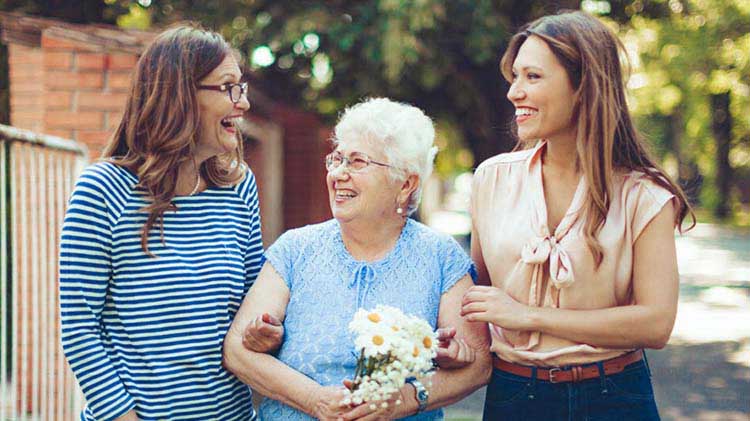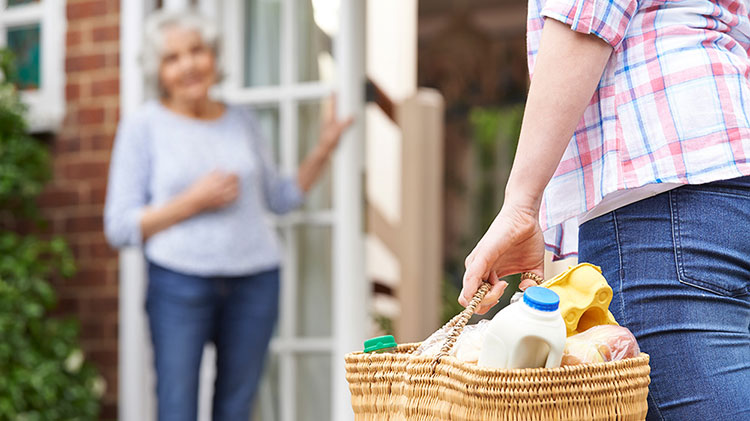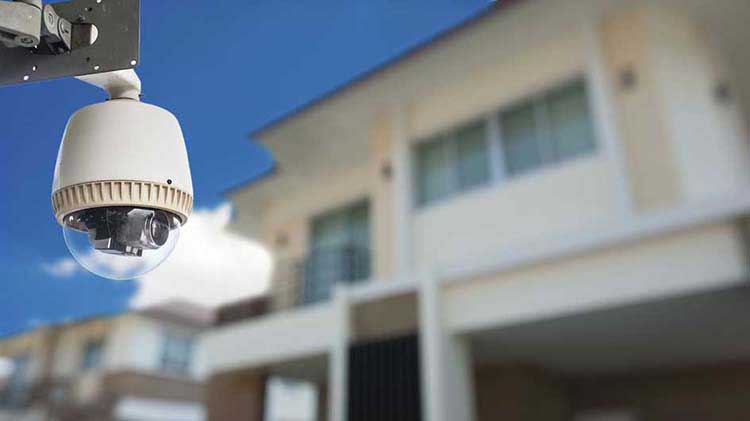Mobile health technology and telemedicine is aiding seniors
Telehealth technologies alert healthcare professionals if a loved one needs assistance.
Americans as a whole are getting older and living longer. According to the US Census Bureau, 16.55% of the total U.S. population in 2019 are age 65 and older. All baby boomers will be older than 65 years of age by 2030. Census.gov projects that for the first time in U.S. history, by 2034, older adults are projected to outnumber the number of children.
With increased life expectancy and longevity comes many new health challenges. There are increased occurrences of hypertension, heart disease, chronic obstructive pulmonary disease (COPD), diabetes and other health issues. With new challenges comes increased health costs. Telemedicine and mobile health applications (mHealth apps), along with wearable devices, are becoming increasingly available, useful and popular.
What is telemedicine?
Telemedicine refers to the practice of caring for patients remotely when the provider and patient are not physically present with each other. Physicians and patients can share information in real time from one computer screen to another using audio and video. And they can even see and capture readings from medical devices at a faraway location. Using telemedicine, patients can consult a doctor for diagnosis and treatment without having to wait for an appointment in the comfort of their home. This can be especially valuable when it's inconvenient or difficult to travel to a provider. In this way, telemedicine is lowering out of pocket costs and improving access to care.
Major benefits of telemedicine
- Allows easier access to specialists for consultations,
- Fosters patient engagement with staff,
- Reduces healthcare costs,
- Provides better access for patient care that is delivered more conveniently,
- Improves quality of patient care, and
- Saves time for patients and doctors with follow-ups that don't require an in-office appointment.
Mobile health technology
Thanks to inexpensive technology available to the masses, such as tablets, laptops and smartphones with video conferencing capability, data can be more easily shared with health care providers. Telemetry data from clinics is routinely sent from patient rooms to monitoring stations where nurses can see what's happening to everyone at once. Each year at the Consumer Electronics Show, new or emerging telehealth and mobile health (mHealth) technologies and applications are showcased. These mobile devices are especially attractive to hospitals, clinics, doctors and other health care providers, because of the potential to provide better off-site, up-to-the-minute patient data, which can help catch health problems early and may help keep seniors out of the emergency room.
Examples of mobile applications (apps) for seniors
Mobile applications are beginning to integrate electronic health records (EHRs). Also, several wearable technology devices such as wrist-bands, watches, glasses or clothing are becoming available. Here are a few examples of mobile applications that are intended to monitor and help seniors.
- Diabetes monitors. New apps track food consumption and medication use, which can affect blood glucose levels. Other apps send alarm-based medication reminders and connect diabetics to online interactive forums.
- GPS trackers. These GPS apps can help family and caregivers locate seniors with early-stage Alzheimer's disease or diabetics with low-blood-sugar levels who might get confused and wander off.
- Medication trackers. This type of app keeps track of prescriptions, so each medication is taken at its scheduled time.
- Pain monitors. Patients use these apps to register pain levels at different times by simply tapping easy-to-understand icons, instead of typing text.
- Home monitoring and security apps. There are various devices and apps that remotely monitor the home or location where seniors, people with health conditions and those with disabilities live. They monitor and alert for various activities such as fire, carbon monoxide, water activity, crime activity, care monitoring, remote temperature control and more.
